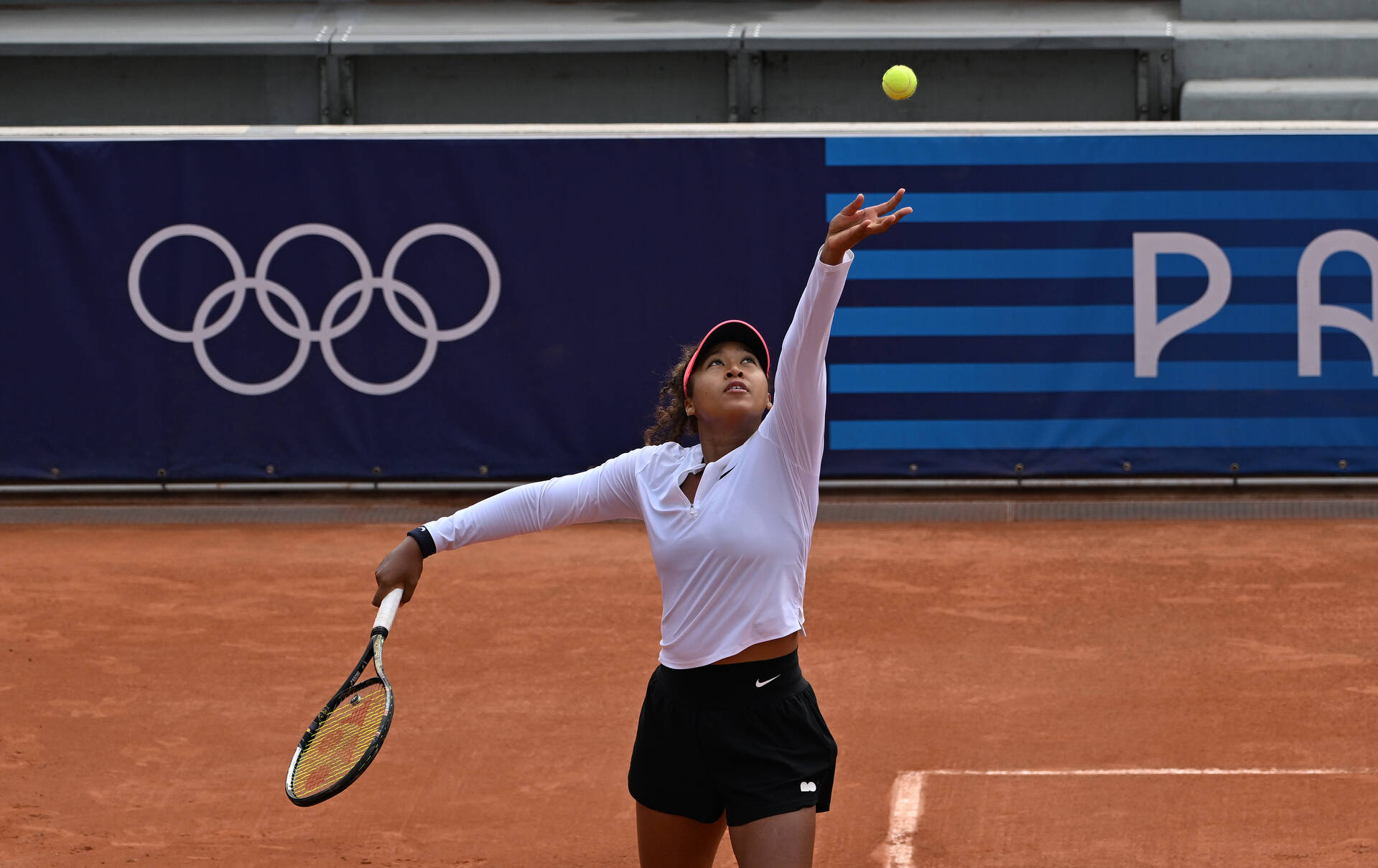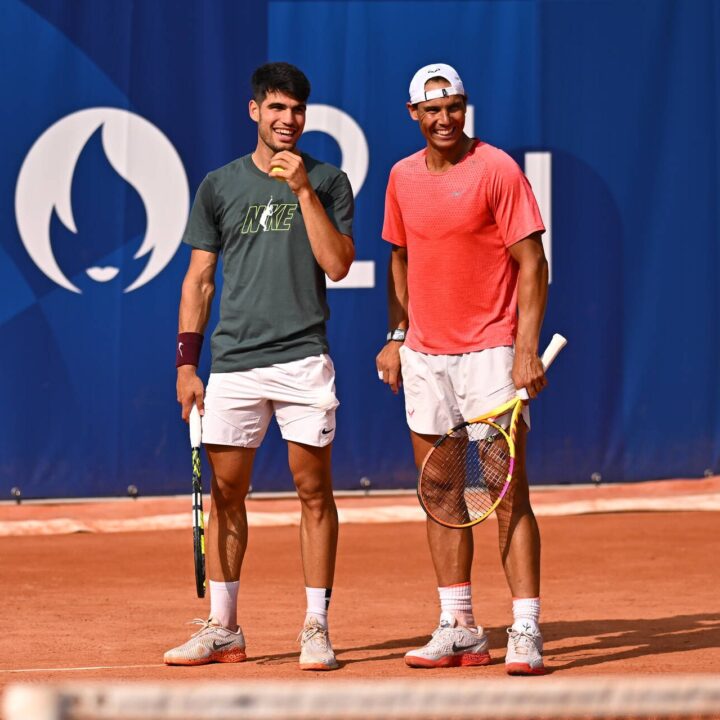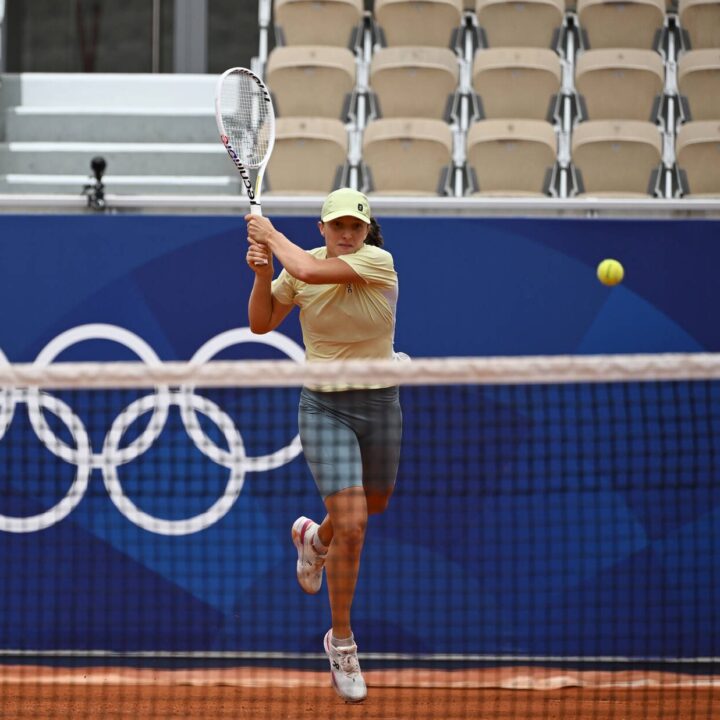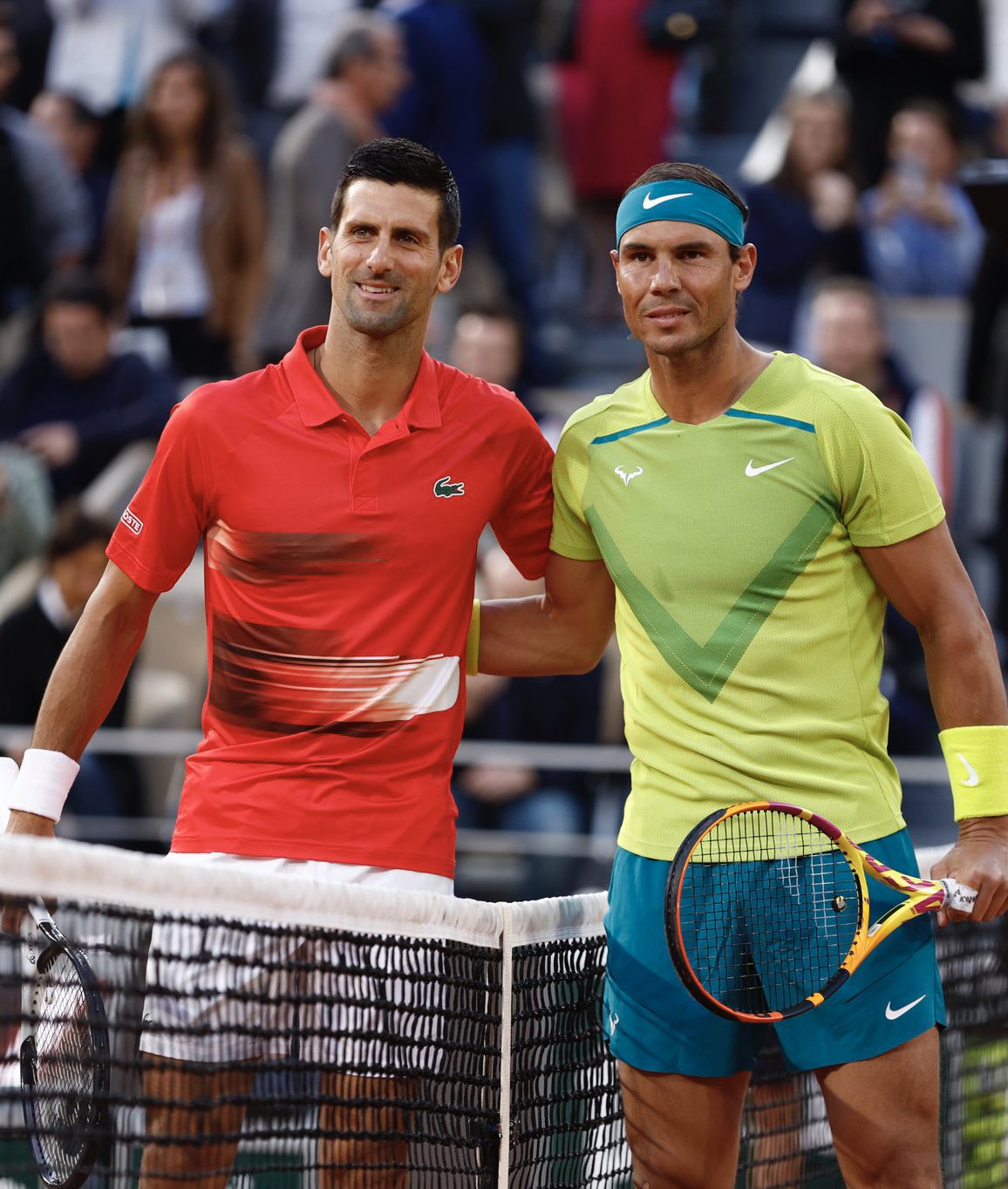The former prodigy once described a tennis academy as ‘Lord of the Flies’ with forehands, and wrestled a lot of demons. But he just can’t leave the game he claims to hate.

Andre Agassi (zimbio.com)
Written by Michael Mewshaw
WIMBLEDON—Andre Agassi has reinvented himself more often than Madonna. Beginning as what Ivan Lendl disparaged as “a kid with a haircut and a forehand,” he went bald early and secretly wore a flouncy blond wig. Worried his rug would fall off on court, he shaved his skull, grew a goatee and sported a piratical earring and bandana. Barbra Streisand praised him as “highly evolved, a Zen master.” But when the International Tennis Federation president Philippe Chatrier criticized his flamboyant wardrobe, Agassi replied less like Buddha and more like a sullen punk, calling Chatrier “a jerk.”
When Agassi married model/actress Brooke Shields, she persuaded him to put lifts into his shoes so she could wear heels at the wedding. Small wonder he lost focus and began losing matches. This was a prelude to a divorce and a made-for-TV comeback. In the end, Agassi won eight Grand Slam titles and by the time of his retirement had metamorphosed into a much-beloved sportsman.
Far from finished, though, he became the bestselling author of a memoir, Open, that was greeted as if it were the Confessions of St. Augustine. Truth to tell, it was a good book, much more insightful and substantive than most depictions of pro tennis. This may have had something to do with its ghostwriter, J.R. Moehringer, a Pulitzer Prize-winning journalist. Peppered with references to Thomas Mann, Walt Whitman, and Alfred Lord Tennyson, its style sounded nothing like Agassi’s irreverent press conferences. Before one French Open final, he told reporters, “I’m as happy as a faggot in a submarine.”
But if Open’s literary achievement was surprising, the book’s theme was downright shocking. Again and again Agassi declared, “I hate tennis.” Then he catalogued why he detested the sport. Sold to the public as clean family fun, the game at its highest level is actually played by the products of a misery machine, and like most victims of abuse, they prefer not to talk about it. Breaking this cycle of silence, Agassi provided a grim portrait of his lost childhood, a Dickensian adolescence and his adult struggle with alcohol, drugs, and depression.
This suggested that he intended to abandon tennis and pursue other goals. Or perhaps become a champion of reform. Instead, he started competing in highly paid exhibition matches and Senior Tour events, and turned himself into a spokesman for various global brands, including Longines watches and Lavazza coffee.
In his newest incarnation he has now joined the ranks of celebrity coaches. During the French Open, he provided his services to Novak Djokovic, the Serbian star who’s attempting to regain his winning form, and during the Joker’s first-round win at Wimbledon, Agassi beamed from the Player’s Box, much as he does in commercial plugs for charter schools.
Djokovic praised Agassi as “someone with a very positive mindset about tennis and life in general… He likes to focus on the right frames and just get the best out of it.”
Since this didn’t correspond at all to what Agassi had revealed in Open, a reporter piped up, “Andre was a pretty puzzling kid. Drank a lot of whiskey at [Nick] Bolletieri’s [Tennis] Academy, bleached [his] hair and all that.”
“I didn’t hear about that,” Djokovic said.
“Read the book.”
Djokovic swore he had read it, yet he came away convinced the author was just the guy to get him back on track. The tennis press, suffering from the same amnesia as Djokovic, has published nary a word about how bizarre such an arrangement might strike any reasonable reader of Agassi’s autobiography.
Born in Las Vegas to a brutal father, a former Olympic boxer from Iran, Andre was frog-marched onto a tennis court as a toddler and forced to hit thousands of balls a day. Friendships and education were treated as distractions. He was his father’s whipping boy and was expected to whip other boys and the occasional adult deluded enough to bet that he could beat the kid. At junior tournaments Mr. Agassi fed his son caffeine-laced pills. Later he tried to turn him on to speed.
As a teenager, Agassi was dispatched to the Bolletieri Academy in Florida. His game flourished, but his life turned feral. He skipped school, drank, and smoked dope. Nobody cared as long as he kept winning. The Academy, in Agassi’s words, was “Lord of the Flies with forehands.” But it was no worse than other tennis factories, and Bolletieri had competition when it came to totalitarian trainers. Jim Pierce, a convicted felon and ex-inmate of an insane asylum, bullied and beat his daughter Mary into the Top Ten. Seven-time Wimbledon champ Pete Sampras spent his formative years with a coach later jailed for the sexual abuse of children. Peter Graf, father of Agassi’s current wife, Steffi, dressed his mistress in tennis clothes to resemble his daughter.
Agassi was quick to catch on to the sport’s prevailing cynicism. At the age of 15 he made it into the second round of a pro tournament. As an amateur, he couldn’t accept prize money. But he put in a fake claim for expenses in the exact amount a pro would receive. Amused by his deviousness, the tournament director gave him $2,000.
Some might argue that the delinquencies of junior tennis and national training centers have nothing to do with the pro tour. But the drug abuse, tanking, match fixing, and absence of ethical standards that plague pro tennis actually start at the junior level and get amplified as players rise in the rankings.
Nothing demonstrates this better than Agassi’s account of his mid-career swoon. A multi-millionaire with a ninth-grade education, he had a reputation for pulling out of tournaments with fake injuries or half-heartedly sleepwalking through matches. Even the U.S. Davis Cup coach accused him of tanking. Andre felt he had no identity except the one concocted by sportswriters. To fill up his emptiness, he drank and set fires. Nothing apocalyptic, just a little pyromania to take the edge off.
When this didn’t work, he snorted crystal meth. Whatever this reveals about Agassi, it says far more about tennis’ lackadaisical anti-doping program. When Andre tested positive, the result was covered up and never revealed to the public. Authorities bought his bogus excuse that he accidentally drank a spiked soda.
A few prominent former players speculated that there was more to Agassi’s drug use than he admitted. Ex-Wimbledon champion Pat Cash wrote in the London Sunday Times that insiders suspected Andre had been on anabolic steroids or some other illegal performance enhancer. Cash reported that Magnus Larson, once a top ten player and now a coach, had published a memoir in Sweden that was never translated into English. In it Larson alleged that Agassi was among the six never-named competitors who had tested positive for steroids in 2003. These men were exonerated, with the flabbergasting alibi that they had consumed contaminated supplements distributed by tournament officials.
Cash added that he himself had been dubious about Andre’s last-minute withdrawal from the 2002 Australian Open. He wrote that Agassi had huddled for hours with Aussie tournament officials before dropping out with the announcement that he had a wrist injury.
After all this, one might expect that Agassi would find himself persona non grata on the tour. At the very least, with Maria Sharapova still sidelined after her conviction for doping, one would think tennis authorities should query Agassi about his admitted drug use.
To the contrary, tennis has embraced him and he travels the world promoting his brand, accepting awards and handing out trophies. In 2011, he was inducted into the Tennis Hall of Fame and is universally praised for his charity work, especially his sponsorship of charter schools in the United States. For sportswriters the upbeat irony is irresistible—high school drop-out bankrolls the education of underprivileged kids.
It fell to Diane Ravitch, an expert on American education, to point out that this is the least of the ironies about Agassi’s involvement with charter schools. In the New York Review of Books Ravitch produced a detailed critique of charter schools, accusing them of offering enormous federal tax credits, as high as 37 percent, and juicy enticements to foreign investors in the form of Eb-5 visas. Some charter operators buy buildings, lease them back to themselves and get rich from real estate. Others supply charter schools with goods and services and pocket a fortune. Ravitch goes on: “Andre Agassi entered into a profitable partnership with an equity investor to build and open charter schools across the country, even though the Las Vegas charter school that bears his name is one of the lowest performing schools in the state.”
So now that “the annual English garden party of Wimbledon” has started and there’s palaver about Andre Agassi giving back to the game by coaching Novak Djokovic, it might be wise to remain wary of the brash hustler from Vegas who always seems to have an ace up his sleeve.
DISCLAIMER: This story was originally published on The Daily Beast. Ubitennis has been allowed to publish the article with the consent of its author.

 Hot Topics3 days ago
Hot Topics3 days ago
 Latest news3 days ago
Latest news3 days ago
 Hot Topics2 days ago
Hot Topics2 days ago
 Hot Topics3 days ago
Hot Topics3 days ago
 Focus2 days ago
Focus2 days ago
 Focus2 days ago
Focus2 days ago
 Focus2 days ago
Focus2 days ago
 Hot Topics2 days ago
Hot Topics2 days ago




















